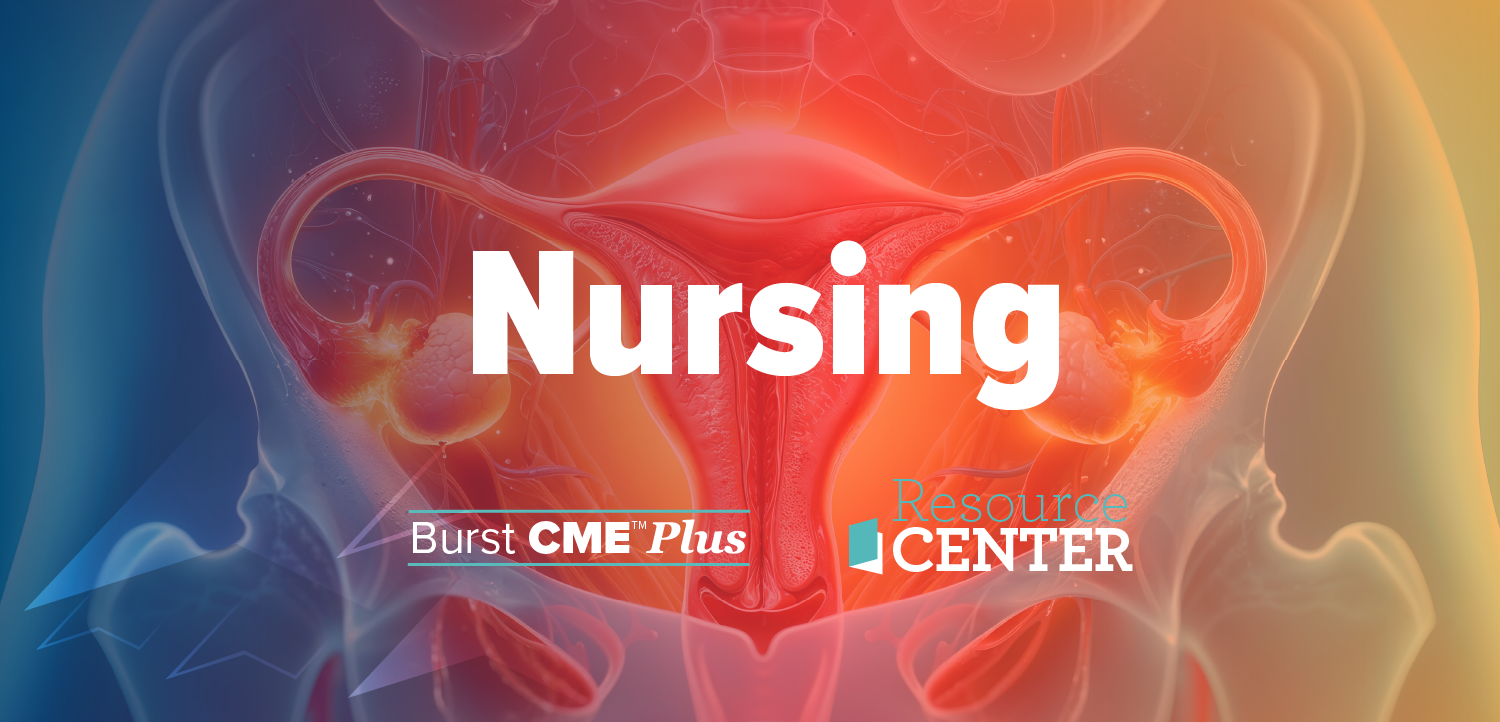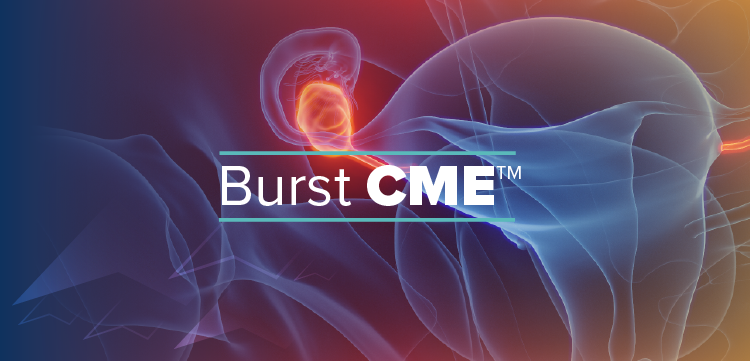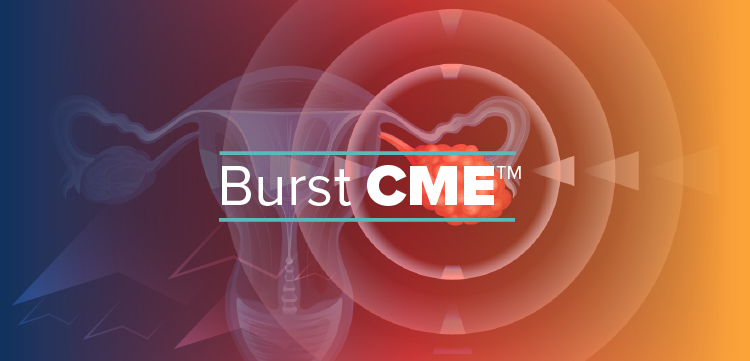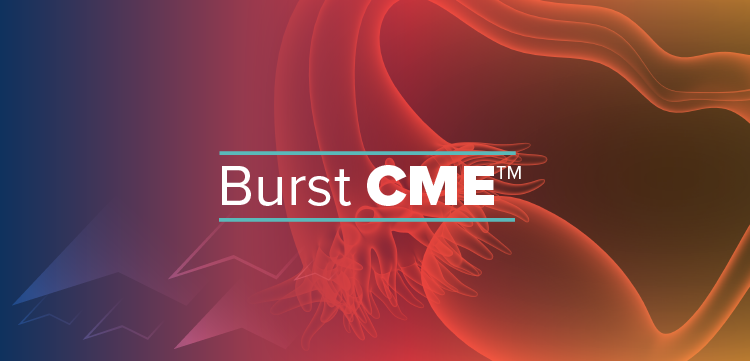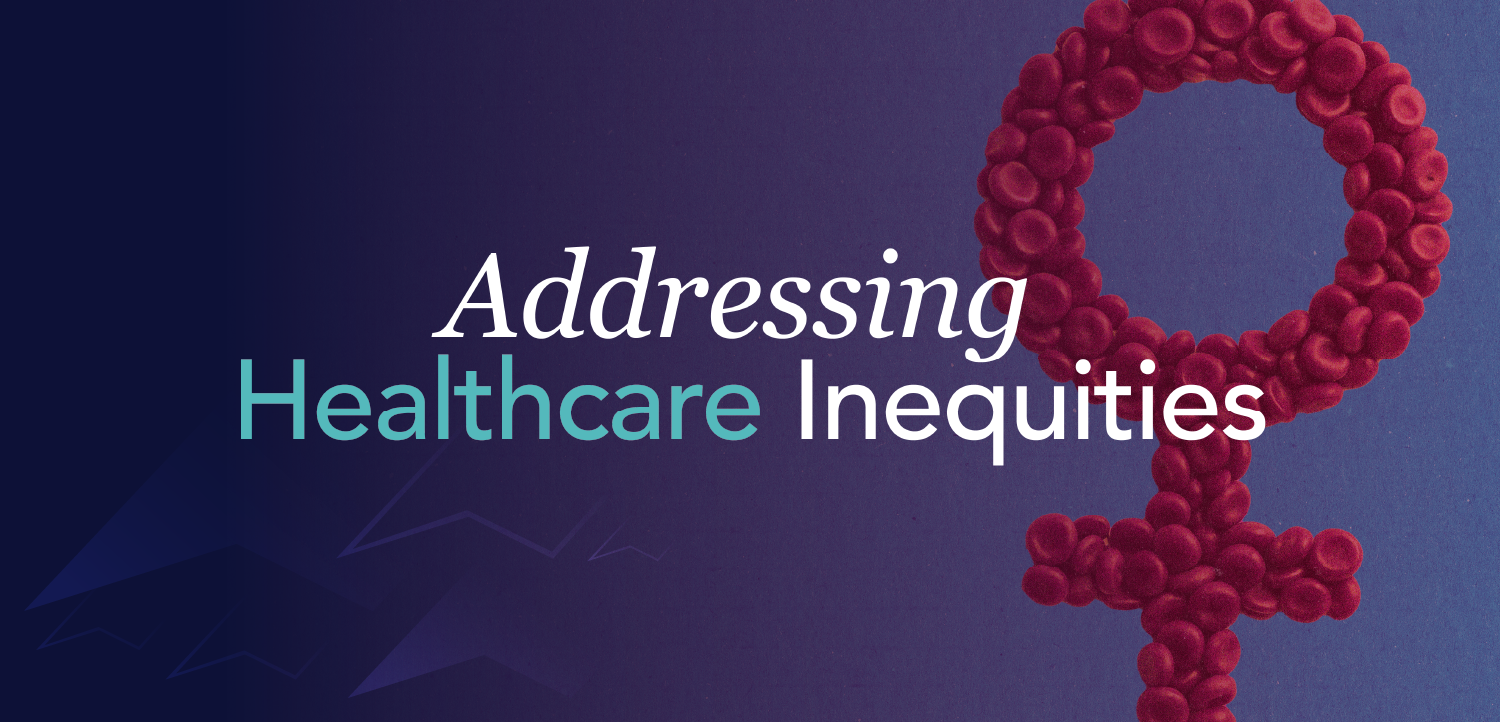
Increasing calcium intake does not reduce further fracture risk
Consuming more than 700 mg of calcium per day in later years does not further reduce the risk of fracture or osteoporosis and may, in fact, increase the risk for hip fractures, according to new research.
Consuming more than 700 mg of calcium per day in later years does not further reduce the risk for fracture or osteoporosis and may, in fact, increase the risk for hip fracture, according to the findings of a large longitudinal and prospective cohort study from Sweden. The study involved more than 61,000 women between 63 and 97 years of age participating in the Swedish Mammography Cohort, established in 1987. Of these, about 5,000 women participated in a subcohort.
During 19 years of follow-up, almost 15,000 women, or just about one-quarter, experienced some type of first fracture. Among those, 6% (3,871) experienced a first hip fracture. Among the women in the subcohort, 20% met the criteria for osteoporosis. The researchers found that the risk patterns associated with dietary calcium intake were nonlinear. They calculated that the rate of a first fracture of any type among women in the first quintile of calcium intake (less than 751 mg per day) was 17.2 per 1,000 person-years at risk; for those in the second quintile (751 to 882 mg per day), the third quintile (882 to 996 mg per day), the fourth quintile (996 to 1,137 mg per day), and the fifth quintile (greater than 1,137 mg per day), the rates were 14.7 (14.2 to 15.3), 14.0 (13.5 to 14.5), 14.1 (13.6 to 14.7), and 14.0 (13.5 to 14.5), respectively.
Those in the lowest quintile were at highest risk for a first hip fracture, with an adjusted hazard ratio (HR) of 1.29 (1.17 to 1.43), but the group at next highest risk for hip fracture was the fifth quintile, with an adjusted HR for hip fracture of 1.19 (1.06 to 1.32). A low vitamin D intake made the rate of fracture in the first calcium quintile even more pronounced. Adjusted odds ratios for osteoporosis from the first to the fifth quintiles were as follows: 1.47 (1.09 to 2.00); 1.26 (0.99 to 1.60); 1.0 (reference); 0.92 (0.74 to 1.15); and 1.01 (0.81 to 1.27).
Newsletter
Get the latest clinical updates, case studies, and expert commentary in obstetric and gynecologic care. Sign up now to stay informed.









